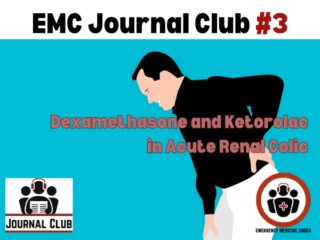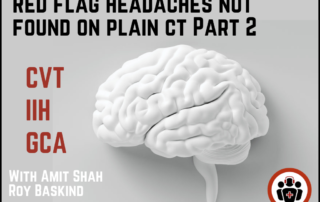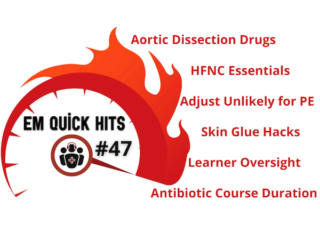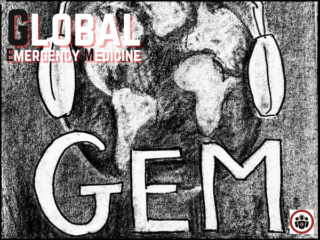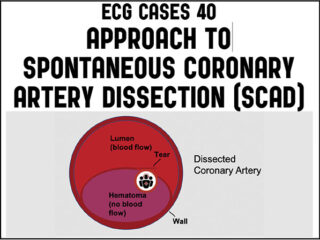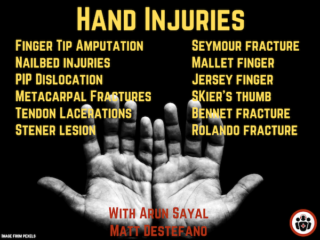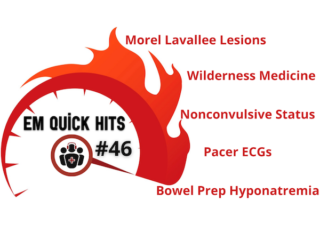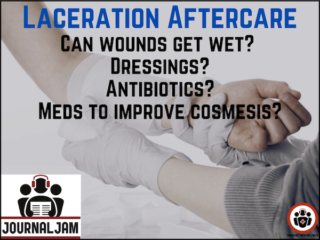EM Cases emergency medicine education podcast
Journal Club 3 – Dexamethasone and Ketorolac in Acute Renal Colic
Does the addition of dexamethasone to ketorolac improve pain scores in patients suffering from renal colic? Find out through this critical appraisal of a recent RCT on this EMC Journal Club...

